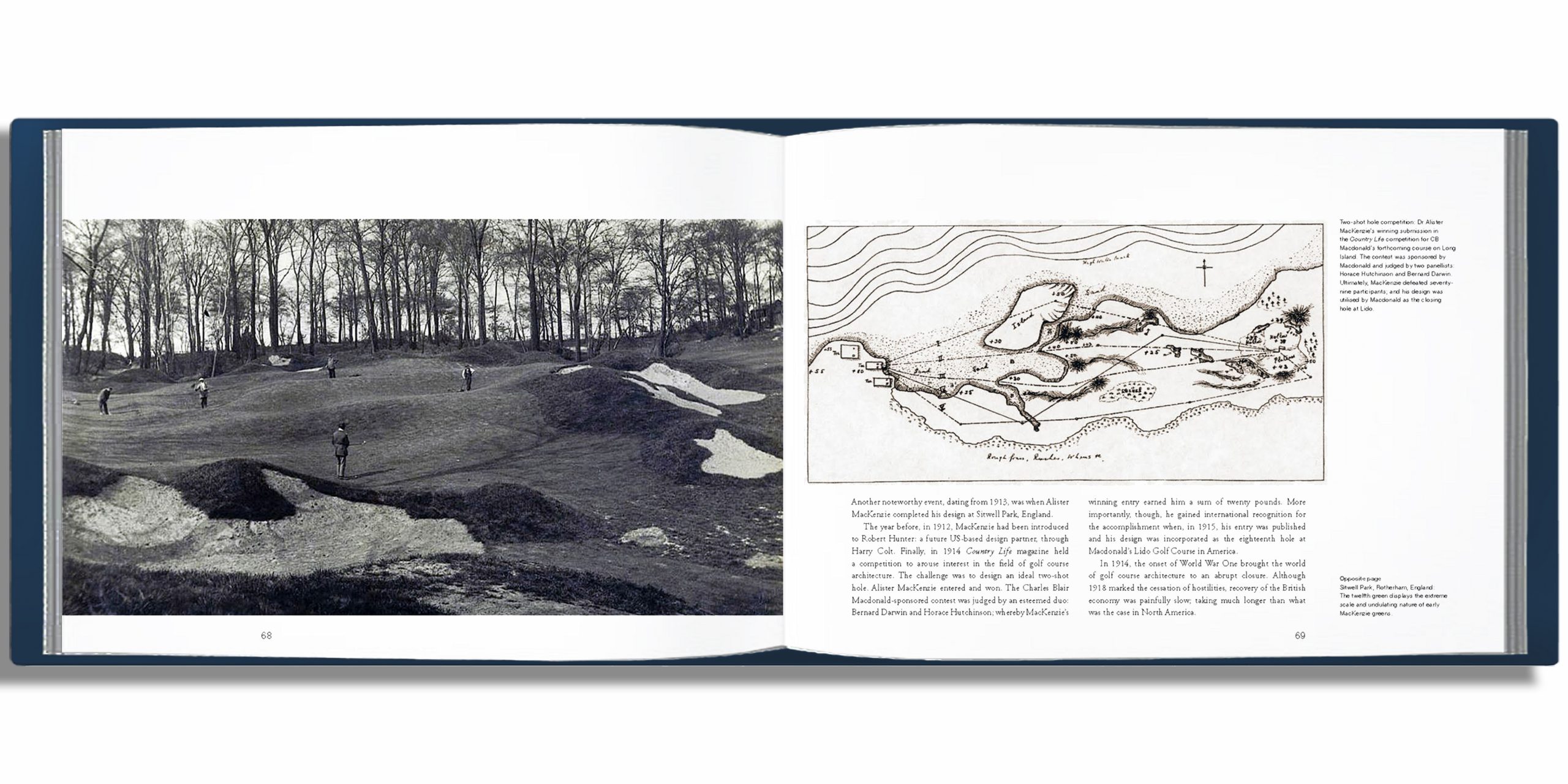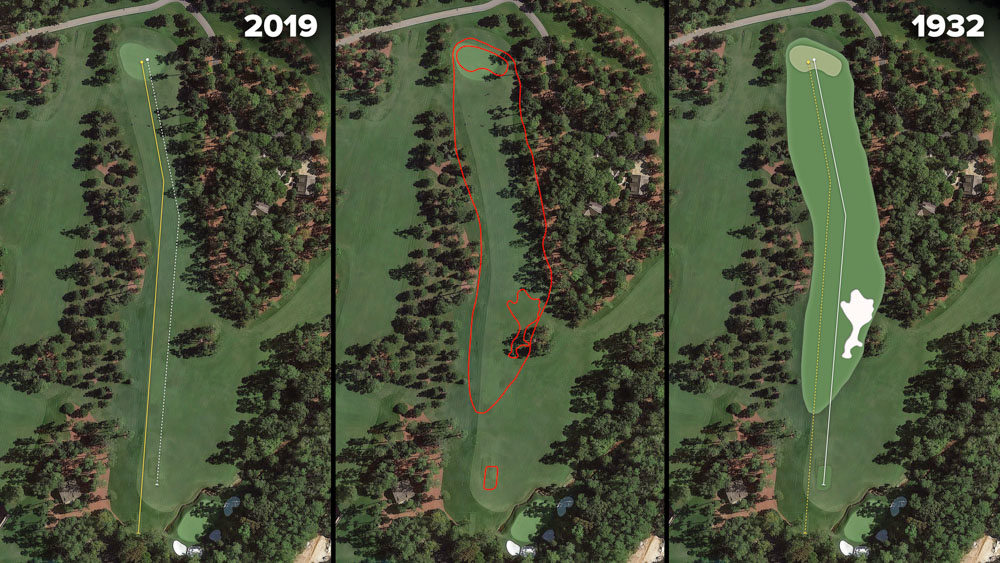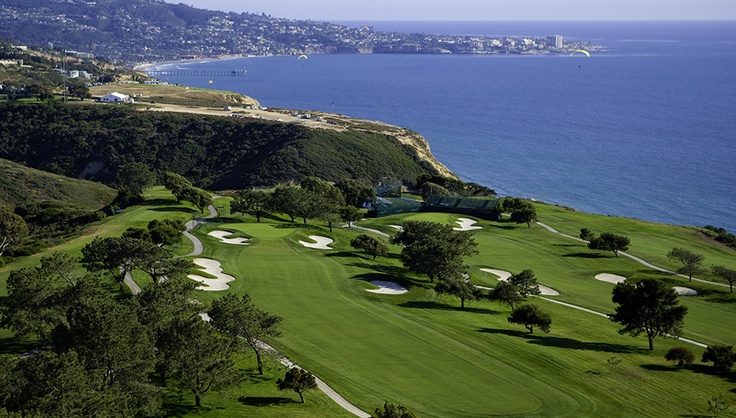Golf Courses through History: A look at the evolution of golf course design, from the early links courses of Scotland to the modern, championship-level courses of today
Posted by Knicks, Links, & Inks Publishing on May 15th 2023
The game of golf has evolved over time, and so has the design of golf courses. From the early links courses of Scotland to the modern, championship-level courses of today, golf course design has changed dramatically over the centuries. Understanding this evolution can give us a better appreciation for the sport and the courses we play on today.
The earliest golf courses were links courses, located in Scotland and designed to take advantage of the natural terrain. These courses were typically located near the coast and featured rolling hills, dunes, and natural hazards such as sand bunkers and water features. These early links courses were often short and relatively simple in design, with few trees or other landscaping elements. They were also typically open to the public and were played by all classes of people.

As golf began to spread around the world, golf course design began to change. In the late 19th and early 20th centuries, golf courses in the United States and Europe began to be designed with more landscaping and features such as trees, water hazards, and manicured greens. These courses were often longer than the early links courses and were designed to be more challenging for players.

In the mid-20th century, golf course design began to evolve again. Architects such as Robert Trent Jones and Alister MacKenzie began to design golf courses that were more strategic in nature, with an emphasis on shot-making and course management. These architects also began to use new technologies such as aerial photography to help design their courses.

Today, golf course design continues to evolve, with an emphasis on sustainability and environmental responsibility. Architects are designing golf courses that are more energy-efficient and that use less water and other resources. Additionally, the use of technology such as drones and 3D modeling has allowed architects to create more accurate and detailed course designs.

The evolution of golf course design has been a fascinating journey, from the early links courses of Scotland to the modern, championship-level courses of today. Golf course design has changed dramatically over the centuries, and this evolution has led to the creation of courses that are more challenging, more beautiful, and more sustainable. Understanding this evolution gives us a better appreciation for the sport and the courses we play on today.
